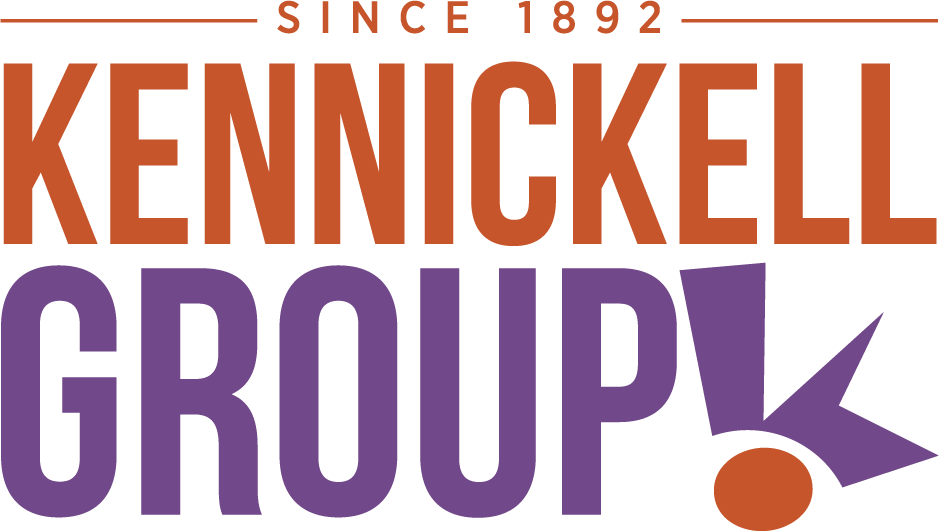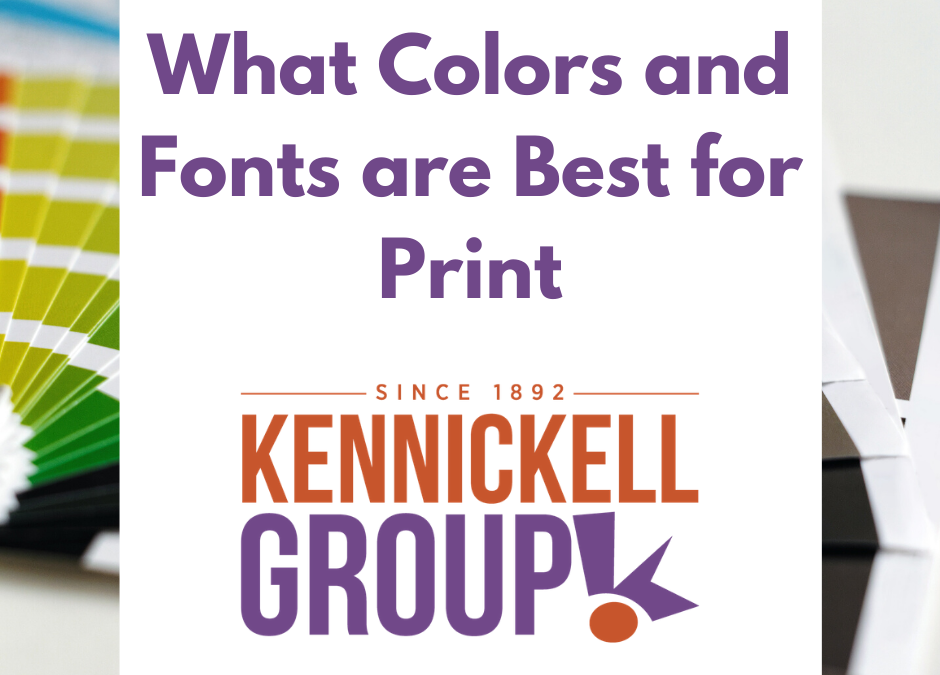When choosing a color and font for print, you must consider several factors when designing your material. With a wide range of fonts available, it’s possible to choose fonts that don’t mesh well with your target audience, are generally unreadable or seem tacky. In this article, we’ll highlight what colors and fonts are best for print.
What Fonts are Best for Print
Have you found a website or brochure from a business that is packed full of information but is otherwise unreadable? These lost opportunities come at a high cost and can easily be avoided with the right direction. In his book Type & Layout: Are You Communicating or Just Making Pretty Shapes?, author Colin Wheildon draws attention to the wrong font’s ability to repulse readers. He writes: “It’s possible to blow away three-quarters of our readers simply by choosing the wrong type. If you rely on words to sell, that should concern you deeply.” This quote says it all: for those who sell through print or website advertising, choosing the right font is vital.
First, we must establish what fonts are readable for in print versus those that aren’t. A vast majority of books and other print material use a Serif family font. This font family includes Georgia, Gramond, Times New Roman, and Baskerville. These fonts are usually the easiest to read by the decorative stroke at the end of the letter. These fonts help readers clearly tell one letter from the other and helps your brand push your desired message. If you’re going for a serious message, elegant serif fonts help push that message. Check out this video below from Flux to learn more about fonts.
While serif fonts emphasize the “old guard,” sans serif fonts help your brand go for a modernized look. These fonts do the best in website design settings. A few examples of these fonts are Helvetica, Arial, Open Sans, and Proxima Nova. There are three sans serif typefaces that are good for print: Verdana, Helvetica, and Century Gothic. Verdana is a type of sans serif typeface designed by Matthew Carter for Microsoft in 1996. The text was designed to improve text visibility and legibility on screen. Not surprisingly, the typeface also works well with print media. Verdana has wide proportions and clear distinctions between upper and lower case letters, which makes it easy to read text from far.
What Colors are Best for Print
When it comes to selecting colors, there are three types that are good for print: cool, warm, and neutral. Examples of warm colors are red, yellow, pink, and orange. Pink instills a sense of joy while red makes the reader feel energized. Cool colors include green, purple, brown, and blue. Green shows growth while blue indicates intelligence. Examples of neutral colors are gray, white, and black. White signifies purity and cleanliness while black shows elegance and authority.
If you’re not aware of your color combinations, you could potentially repel your audience from reading your content. If it’s impossible to read, your audience won’t bother to strain their eyes to try to make it work. For example, your font color must be legible on your background. Check out these 100 examples from Canva to learn more.
Contact Kennickell for Your Printing Needs
The Kennickell Group will create incredible marketing materials for your business. Your business can reap the benefits of attractive print marketing. We’ll show you firsthand exactly why attractive print marketing benefits your business. We’ll help you decide what fonts and colors are best for print. For more information on how Kennickell can transform your business, please follow the link below.





